JEIO TECH’s Custom-Made
Reliability Test Equipment
Used in Various Fields!
Greetings! At JEIO TECH Lab Companion! 🤗
Product reliability refers to the capacity of a product to sustain its original performance without any breakdowns within a defined period and specific conditions including components, materials, products, and systems. Recently, with the diversification of product choices due to market liberalization, consumers have been expecting a higher level of quality. Furthermore, as development cycles shorten and product lifespan requirements increase, the importance of reliability test has become more prominent, along with the rise in failure rates and after-sales service costs.
JEIO TECH's SP Division specializes in environmental reliability test, evaluating how products are influenced by factors such as temperature and humidity. While there are various products conforming to different standards, we offer custom-made solutions to the specific needs of different applications.
Now, let's take a look at the various application!
1. Component/Materials Test Mainly determines durability and lifespan based on temperature and humidity.
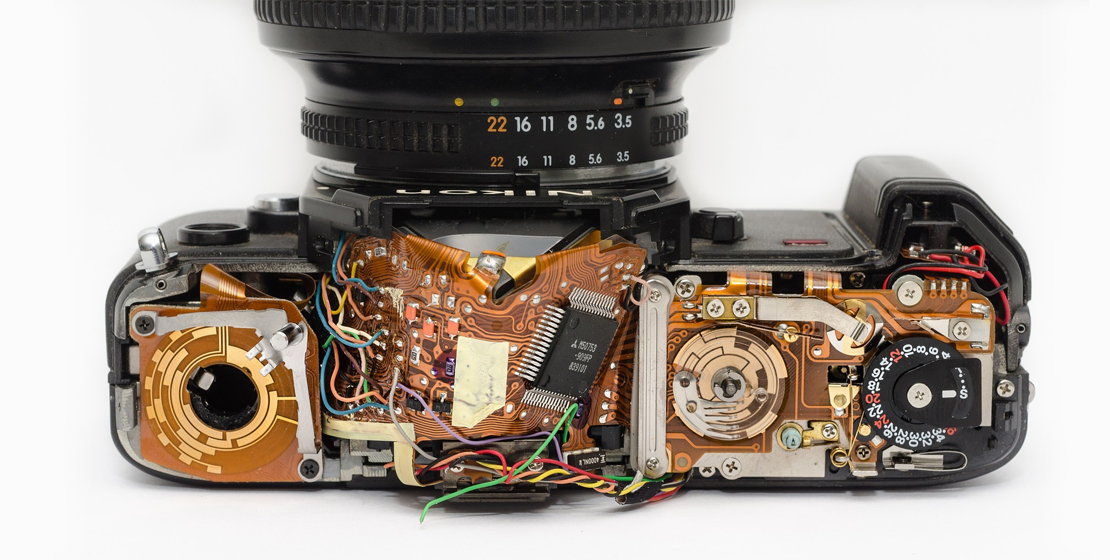
Key Tests
1) Burn-in Test : The test is conducted under extreme conditions such as high temperature and high voltage to ensure proper operation for a specified period. It aims to identify potential issues that may occur in components/materials.
2) Accelerated Life Test : The test is conducted under special environmental conditions such as heat, humidity, pressure, oxygen, sunlight, and vibration in a long time. It assesses the degree of degradation of material properties due to prolonged exposure, in order to measure the acceleration of natural aging.
3) Temperature Shock Test : Evaluates the effects of sudden temperature changes on electronic devices and components. The test starts at room temperature and repeats a specified number of cycles, and repeats the process of being exposed to very low and very high temperatures for a short time and returning to room temperature.
4) Temperature Cycle Test : Assesses whether a product can withstand high and low temperature conditions and evaluates the effects of repetitive exposure to high and low temperatures. It is similar to the temperature shock test, but since it is not an instantaneous temperature change, the time taken to move between high and low temperatures and the duration of exposure are the additional factors.
Main Application Areas :
Electrical / Electronic / Semiconductor / Automotive Components / Materials
Related Products :
Heating & Cooling Chamber, Temperature & Humidity Chamber, Temperature & Humidity Cycle Test Chamber, Temperature Shock Test Chamber, Heating Chamber (Industrial Oven)
2. Secondary Batteries/Solar Cells Test Charge/Discharge Test, Storage Test, Temperature Cycle Test, High-Temperature Deformation Test, Heat Exposure Test, Overcharge Test, Frost Freeze Test, etc.
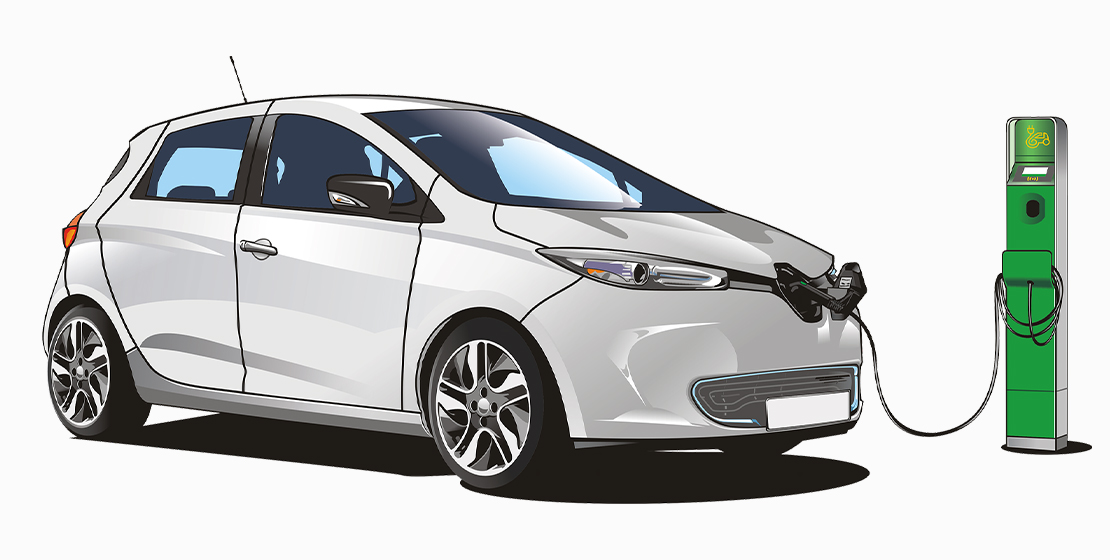
Batteries generate electrical energy between electrodes through chemical reactions, radiation, temperature differences, light, etc. Secondary batteries and solar cells are primarily used in environmental reliability test. Secondary batteries are rechargeable batteries using chemical reactions.
Solar cells, distinguished from chemical batteries and termed "physical cells", generate electrical energy using the P-type and N-type semiconductors when exposed to sunlight through the potential difference between the P-pole and N-pole. Unlike secondary batteries, solar cells require sunlight, so it is a key factor in product reliability whether they can withstand high temperatures by direct sunlight. Particularly for application in maritime and coastal area where there is abundant sunlight, thorough environmental reliability test is necessary to validate long-term usability in harsh conditions such as temperature, humidity, and salt exposure.
Key Tests
1) Charge/Discharge Test : Secondary batteries, unlike disposable primary batteries used once and discarded, are rechargeable, allowing for reuse. Therefore, it is essential to evaluate the efficiency of charge and discharge which is the fundamental characteristic of secondary battery cells. (Discharge Performance Test, Charge Efficiency Test, Continuous Charge Test)
2) Storage Test : After storing secondary battery for a specific period at a constant temperature and humidity, test is conducted to ensure the performance of the battery is well maintained. After the storage period concludes, a discharge performance test is conducted based on the battery's temperature. (Storage Test, Preservation Test)
3) Temperature Cycle Test : Secondary batteries may be exposed to high and low temperatures during transportation, so the test evaluates of the battery's safety by repetitively exposing to both high and low temperatures. This test measures the battery's sealing and the perfection of the electrical connections inside the battery.
4) Overcharge Test : Evaluates the extent of battery’s damage when the battery is exposed to overcharge condition by charging it at a 5V voltage for a long time. It assesses stability based on the impact it may have on not only the battery but also surrounding devices and human safety.
5) Heat Exposure Test : By exposing the battery to 70°C for 7 hours and 130°C for 10 minutes, the test evaluates changes in appearance and stability.
Main Application Areas :
Mobile Devices / Electric Vehicles / Solar Power
Related Products :
Cooling & Heating Chamber, Temperature Cycle Test Chamber, Heating Chamber(Industrial Oven)
3. LED Test Evaluates ignition characteristics, luminance, luminous maintenance rate, insulation resistance, etc., in a consistent temperature and humidity condition.
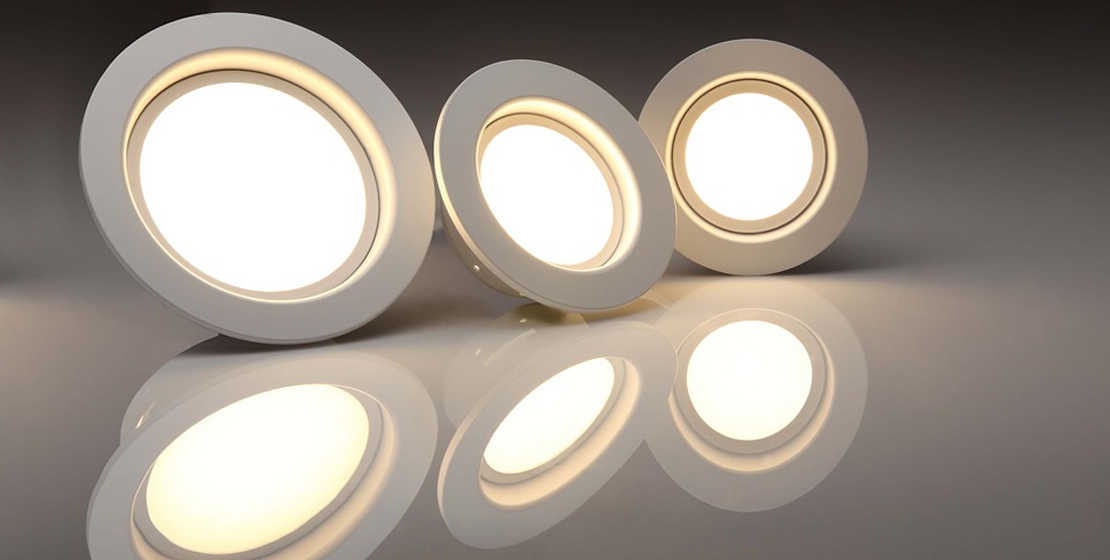
LEDs, which integrate semiconductor processing technology and optical technology, are considered highly efficient light sources with outstanding energy-saving capabilities. They are also recognized as long-lasting light sources with an almost permanent lifespan. However, in reality, degradation occurs due to the nature of electronic products, and the initial value of luminous flux or characteristics gradually change over time due to the degradation of the constituent materials during the ignition period. Therefore, accelerated life tests are conducted to verify reliability and evaluate lifespan.
Key Tests
1) Accelerated Life Test : Measures characteristic values over time under accelerated conditions of current and temperature.
2) Durability Test : Measures characteristic values by changing the temperature from room temp. to 85℃.
3) Flash Life Test : Measures characteristic values by periodically switching the LED power on/off.
4) Initial Optical Characteristics and Luminous Maintenance Rate Test : Measures the characteristic values of samples over time at room temperature.
Main Application Areas :
Automotive LEDs / Streetlights / Traffic Lights / Various Lighting / Medical and Beauty / Plant Cultivation / Broadcast Equipment
Related Products :
Temperature & Humidity Cycle Test Chamber, Temperature & Humidity Chamber
4. Pharmaceutical/Cosmetic Test Evaluates stability based on temperature and humidity in accordance with the stability testing criteria for pharmaceuticals, cosmetics, and the Korean Pharmacopoeia specified by the Ministry of Food and Drug Safety of Korea
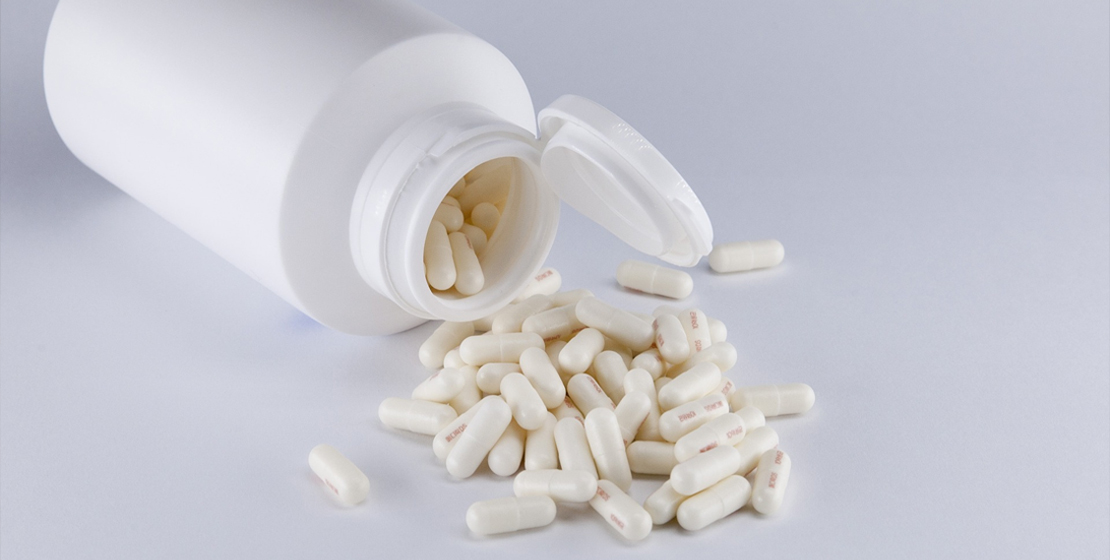
While efficacy is crucial for pharmaceuticals, stability is deemed even more critical. No matter how effective a drug is, it is hard to commercialize it if it has severe side effects. Moreover, it is very important to accurately determine the effective period of ingredients since the consumption of pharmaceuticals is connected to life. Therefore, pharmaceuticals stability is assessed through tests under various environment conditions that can lead to the decomposition or changes of compounds.
Similar to pharmaceuticals, cosmetics require thorough safety verification due to direct contact with the human body. Therefore, appropriate environmental tests are conducted to establish storage methods and expiration dates for cosmetics.
Key Tests
1) Long-term Preservation Test / Accelerated Test / Intermediate Condition Test : According to the pharmaceutical stability criteria (No. 2016-60) and cosmetic stability guidelines, the long-term preservation of pharmaceuticals stored at room temperature, refrigerated, and frozen conditions is tested using Temperature & Humidity Chamber and Laboratory Refrigerator. The test covers physical, chemical, microbiological stability, and container suitability.
2) Harsh Environment Test : The test is conducted under harsh conditions such as temperature cycles like freezing-thawing or impacts like physical-mechanical shocks in order to identify the decomposition point and decomposition products of pharmaceuticals and cosmetics. Pharmaceuticals/Cosmetics stored at room temperature are tested for stability under light exposure, because they are slowly decomposed by fluorescent and near-infrared light exposure.
3) High-Temperature Ash Test : Measures the residue after being turned into ash at high temperatures (above 600°C).
4) Drying Loss Test/Pressure Drying Loss Test : Checks the weight reduction by drying or pressure drying pharmaceuticals.
5) Sterility Test : Checks bacteria, fungi, and Escherichia coli in pharmaceuticals/cosmetics.
Main Application Areas :
Raw Pharmaceuticals / Finished Pharmaceuticals / New Drugs / General Cosmetics / Functional Cosmetics
Related Products :
Temperature & Humidity Chamber, Laboratory Refrigerator, Pharmaceuticals Stability Test Chamber, Temperature Test Chamber, Temperature Cycle Test Chamber, Industrial Oven, Vacuum Oven, Muffle Furnace, Incubator
5. Aviation Test Test by creating an altitude environment such as altitude simulation test

Flight is a universal means of transportation that facilitates the swift transport of goods worldwide and enables rapid travel to other countries. As aircraft operate at an average altitude of over 10,000 meters, various components used in the aircraft itself and products transported by air are affected by the low pressure according to the altitude. Therefore, it is necessary to conduct environmental reliability assessments to understand the impact under low pressure conditions.
Key Tests
1) Altitude Simulation Test : A reliability test for the products able to be affected by pressure changes and temperature by altitude such as air transportation.
Main Application Areas :
Aircraft Components / Air Transportation Products
Related Products :
Temperature Test Chamber with Pressure Reduction Capability
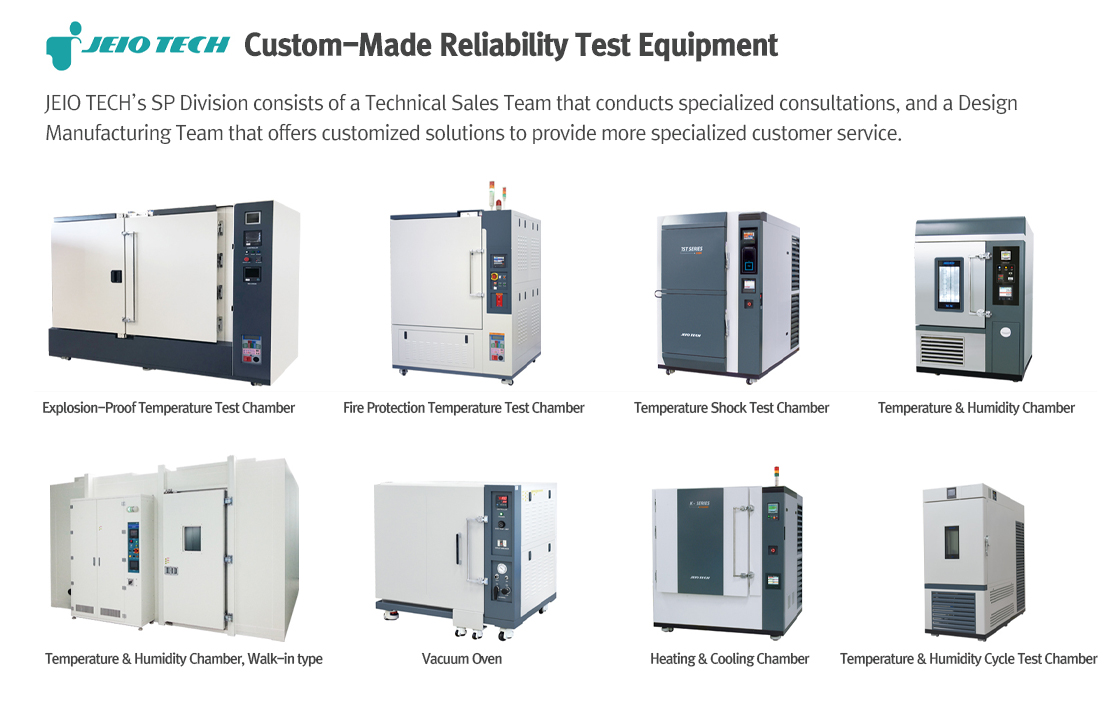
We will continue to strive to enhance the quality of our products and services
by listening to and reflecting on the feedback of customers through sales, services, validation, etc.
JEIO TECH is creating safer research environments through Lab Companion,
the best partner of researchers and experimenters.
| 









